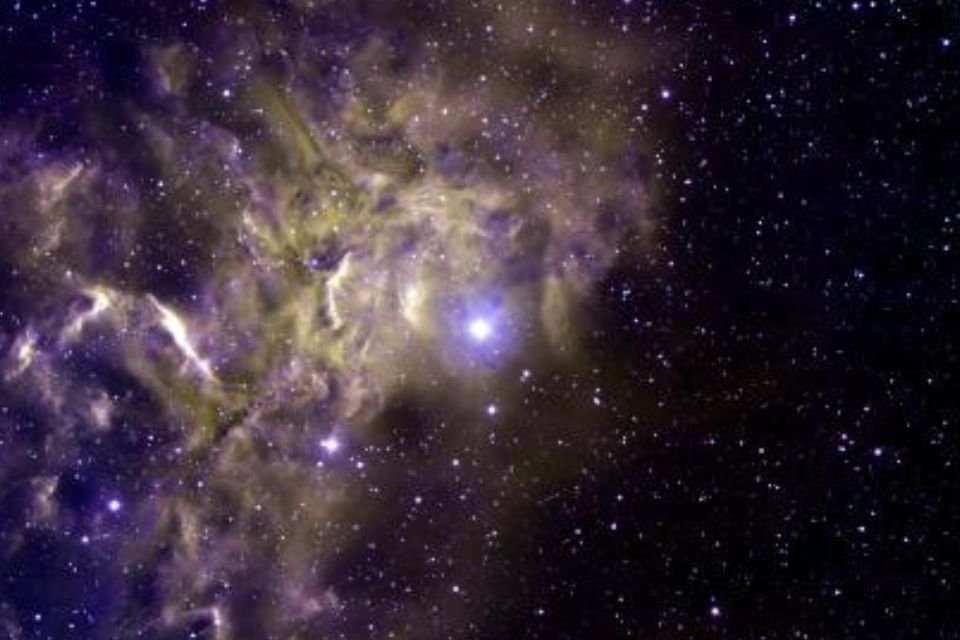With the help of the James Webb Space Telescope (JWST), a group of scientists made a surprising discovery – Presence of carbon dust in galaxies dating back to the first 600 million years of the universe. The research, published in the journal Nature, challenges prevailing theories about the origin of such elements in the early cosmos.
The detection of carbon in these young galaxies, formed less than a billion years after the Big Bang, challenges the traditional view that elements heavier than hydrogen and helium are characteristic of ancient galaxies.
Researchers led by Joris Witstok of the Kavli Institute for Cosmology at the University of Cambridge have detected a distinct “bump” in the absorption of certain ultraviolet frequencies of light in galaxies 13 billion light-years away. This means that these galaxies, which were observed when they arose near the beginning of cosmic time, were at the same time substantial amount of carbon dust.
The dominant explanation for energy production in stars, as in stars like our sun, is the conversion of hydrogen to helium. But as stars age, they deplete their hydrogen resources and begin to convert helium into carbon.
It is an enigma, as it took billions of years for carbon dust to appear in these early galaxies. For stars like our sun to reach the stage where heavier elements are released into the universe after they die.. The team of scientists proposes an intriguing alternative – the dust may have originated in part from a rare stellar body known as the Wolf-Rayet star.
Wolf-Rayet stars shed their outer layers in the final stages of their lives, revealing a core in which hydrogen and helium are converted into heavier elements. Some of these stars have carbon-rich atmospheres, making it easier for carbonaceous dust to form in the ejected material. If more of the stars in the early universe were of this type, this could explain the observed carbon dust.
This remarkable discovery not only challenges our understanding of the first galaxies, but also opens up new avenues of research in cosmology.
Did you like the content? Therefore, keep up to date with the latest astronomical discoveries at TecMundo.
Source: Tec Mundo
I’m Blaine Morgan, an experienced journalist and writer with over 8 years of experience in the tech industry. My expertise lies in writing about technology news and trends, covering everything from cutting-edge gadgets to emerging software developments. I’ve written for several leading publications including Gadget Onus where I am an author.













